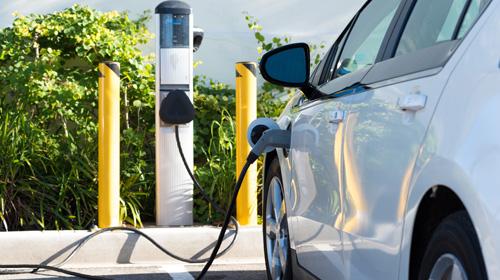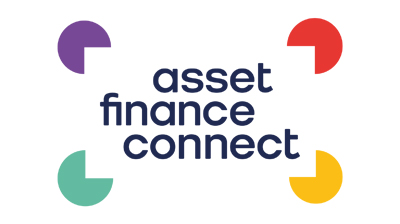
According to Denmark-based energy and ICT solutions provider Insero, sales of electric vehicles (EVs) and plug-in hybrid electric vehicles (PHEVs) across the Nordic countries totalled 15,771 in the third quarter of 2016. As a result, the total stock has increased by 45% in the first nine months of 2016. This increase is primarily fuelled by new record sales in Norway, Sweden and Finland, with a return to growth in Denmark. (Source: Insero Quarterly, Q3 2016).
It should be remembered that Norway accounted for 72% of total new sales, and Sweden for 22%.
Nordic electric vehicle sales, Q3 2016
Source: Insero Quarterly
The markets in Denmark and Sweden were expected to be affected by anticipated reductions in government incentives in 2016, which had led to relatively strong sales in the final quarter of 2015. Information from electric vehicle sales database EVVolumes.com (which includes data for plug-in light commercial vehicles as well as passenger cars) shows that sales in Denmark, particularly of PHEVs, did indeed collapse at the start of 2016, although the market in Sweden was virtually unaffected. In Finland, sales volumes in the first half of 2016 were double that of the same period a year earlier, though this was from a very low base.
Meanwhile, sales in Norway continue to impress. It remains the leading country in Europe for plug-in cars and LCVs by a large margin, with a staggering 25% market share compared to the rest of Europe where the overall share is just over 1%. Sweden has now overtaken the Netherlands in second place, but here the share is still only 4%.
Incentives to go electric
Tax and financial incentives on alternatively fuelled vehicles vary between the Nordic countries and unsurprisingly, given the relative sales volume, a greater range of incentives is available in Norway. Here, for example, there is full exemption from VAT, registration tax and road tax, and reduced company car tax. VAT exemption also applies to leased vehicles. The Norwegian government has announced that these incentives will remain until at least 2018.
In Denmark, however, the reduction in registration tax will be less as of January 2017 when it drops from 80% to 60%. The Danish government is debating the introduction of a financial subsidy for early private purchasers of EVs, which would be funded by the government and car importers.
Sweden already operates a green car rebate incentive, and there are plans to introduce new reductions in tax for low-emission cars, to be balanced by increased taxes on high-emission cars.
In Finland battery EV purchasers now pay just 2.5% registration tax, down from 5% in 2015, and pay the minimum rate of ownership tax which is based on CO2 emissions.









